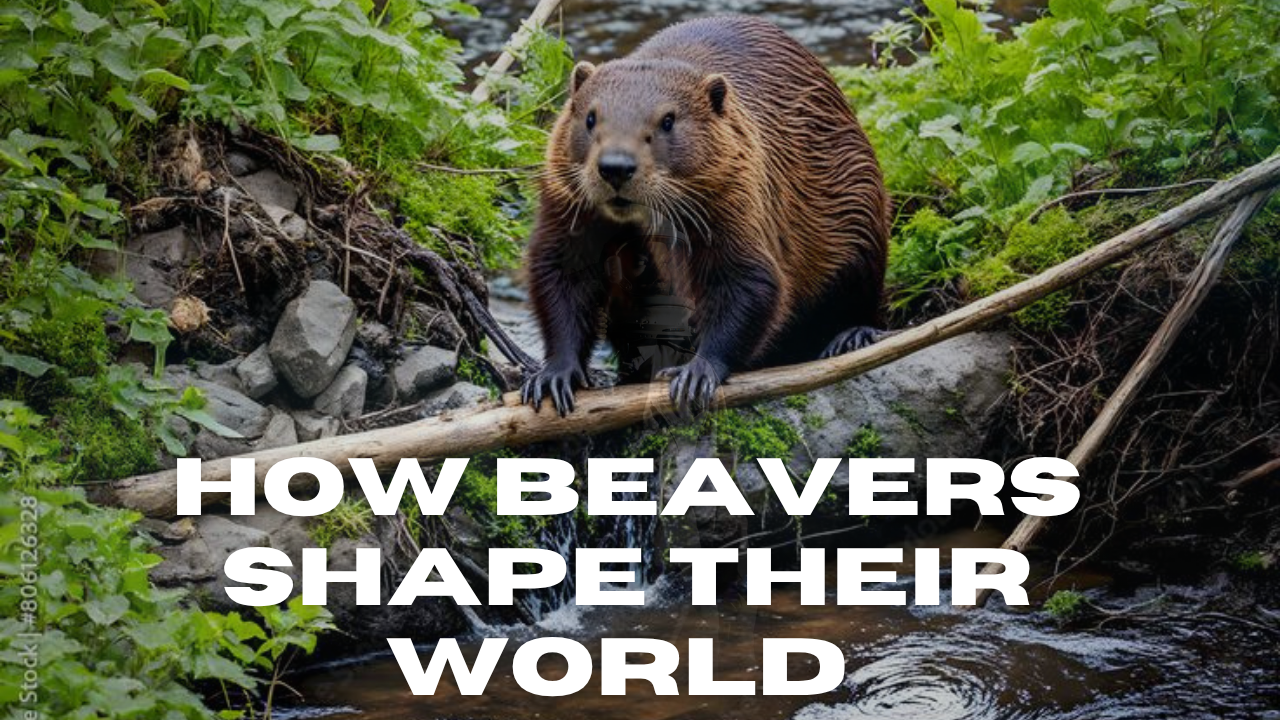How Beavers Shape Their World
Beaver bridge building shows how nature masters engineering with instinct and purpose.
Beavers reshape rivers, forests, and wetlands with precision and teamwork.
They are small mammals but have a massive environmental impact.
These rodents are easy to recognize by their flat tails and large front teeth.
They use those teeth to cut wood and shape riverbanks.
Their webbed feet make swimming faster and easier through strong water currents.
In cold weather, their dense fur keeps them warm and safe.
Beavers live together in colonies that act like families.
Each colony has tasks divided among members to build and repair dams.
They protect their homes, store food, and manage water flow efficiently.
Their teamwork is as organized as human construction crews.
Beaver dams, sometimes called bridges, transform streams into calm ponds.
These ponds give shelter to birds, fish, frogs, and plants.
In this way, beavers indirectly create thriving ecosystems for many species.
That’s why scientists call them “ecosystem engineers.”
Moreover, their structures slow down floods and improve groundwater recharge.
By trapping sediments and nutrients, they improve soil and water quality.
In many regions, rivers with beavers support far more biodiversity.
So, their bridge building benefits both nature and local environments.
Inside the Beaver Bridge Building Process
When starting a beaver bridge building project, they first inspect the river’s flow.
They pick calm spots to make their work easier and safer.
Then, they cut trees and branches using their sharp teeth quickly.
Each branch is carried to the site using their strong jaws.
Next, they stack the logs together to form a solid base.
Mud and stones fill the gaps, sealing the structure tightly.
As a result, water slows down, forming a pond naturally.
Over time, the structure becomes strong enough to walk across.
This bridge connects both sides of the stream, allowing easy movement.
Beavers use it to transport food, twigs, and materials safely.
Predators find it harder to reach them once the dam stands.
The bridge also links their lodges to underwater entrances for protection.
Inside the lodge, a beaver family stays warm and dry all year.
The top part allows air to enter, while lower parts stay submerged.
They always maintain it carefully, fixing weak spots with fresh wood.
Because of constant maintenance, beaver structures rarely collapse.
During winter, their bridge remains vital for survival and defense.
They store food underwater before freezing begins.
Even under ice, their ponds provide safety and resources.
Their careful planning ensures survival through every harsh season.
Why Beaver Bridges Matter for the Planet

Beaver bridge building is more than animal behavior; it’s an environmental service.
Their bridges and dams protect landscapes from drought and erosion.
They store water during dry months, keeping forests alive longer.
Because of this, many countries now reintroduce beavers to restore balance.
Scientists studying their structures found they last decades without failing.
Their methods inspire eco-friendly designs for flood control and irrigation.
For instance, engineers copy beaver dam models for sustainable water systems.
These nature-based solutions cost less and help reduce climate risks.
Beavers also help capture carbon by maintaining healthy wetlands.
When mud traps carbon dioxide, it slows global warming naturally.
Thus, every beaver bridge contributes to a more stable climate.
That’s why conservationists call them “climate helpers.”
Of course, some farmers face flooding from nearby dams.
To solve this, conservation groups install water-control pipes in dams.
This lets humans and beavers coexist without property damage.
Such cooperation supports both wildlife protection and community safety.
The story of the beaver bridge building is a lesson in balance.
It proves small creatures can influence global environments positively.
Their work shows how patience, teamwork, and purpose sustain life.
Beavers remind us that nature builds wisely, never wastefully.
